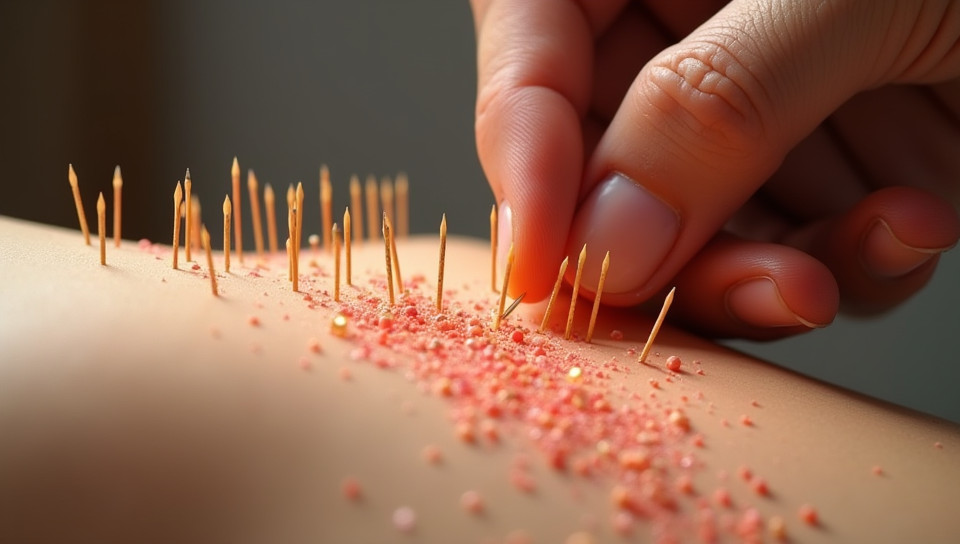Acupuncture needles stimulate nerves, muscles, and connective tissue 89%

Unlocking the Secrets of Acupuncture: How Needles Stimulate the Body
Acupuncture has been practiced for thousands of years, originating in ancient China as a holistic healing technique that views the body as an interconnected whole. This traditional practice involves inserting thin needles into specific points on the body to stimulate the flow of energy, or "qi," and promote balance within the body's systems.
The Science Behind Acupuncture Needles
When acupuncture needles are inserted into the skin, they interact with various components of the body in a complex way. Here are some of the key interactions:
- Nerves: Acupuncture needles stimulate nerves, which transmit signals to the brain that can lead to changes in various physiological processes.
- Muscles: The insertion and manipulation of acupuncture needles can cause muscle contractions or relaxations, affecting muscle tone and movement patterns.
- Connective tissue: The fascia, a network of connective tissue that surrounds muscles, bones, and other structures, is also stimulated by acupuncture needles.
Understanding the Effects on Nerves
The stimulation of nerves through acupuncture needles triggers a cascade of responses in the body. This can include:
- Release of neurotransmitters: Acupuncture can stimulate the release of neurotransmitters such as endorphins, dopamine, and serotonin, which play roles in pain management, mood regulation, and other physiological processes.
- Modulation of pain perception: By stimulating nerves that transmit pain signals to the brain, acupuncture can help reduce or eliminate pain.
- Improved communication between systems: Acupuncture needles can stimulate nerve pathways that facilitate communication between different systems within the body.
Integrating Acupuncture into Modern Healthcare
While acupuncture has been practiced for centuries, it is still not widely accepted as a mainstream medical treatment. However, growing evidence of its effectiveness and safety is leading to increased recognition and adoption in modern healthcare.
Conclusion
Acupuncture needles stimulate nerves, muscles, and connective tissue, triggering complex interactions that can lead to improved health outcomes. By understanding the science behind acupuncture and its effects on the body, we can better appreciate the potential benefits of this ancient practice for promoting balance and well-being within ourselves and our patients. As research continues to uncover the mechanisms underlying acupuncture's effectiveness, it is likely that this traditional technique will become increasingly integrated into modern healthcare practices.
- Created by: William Davis
- Created at: Jan. 23, 2025, 11:36 a.m.
- ID: 18545